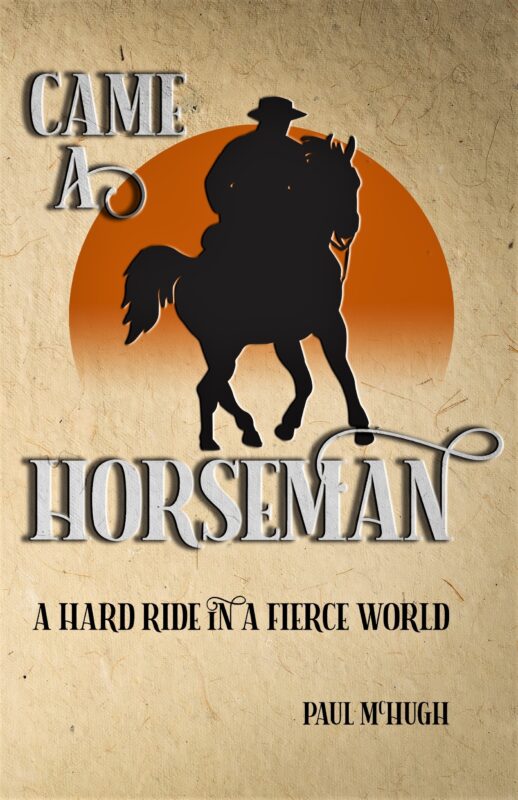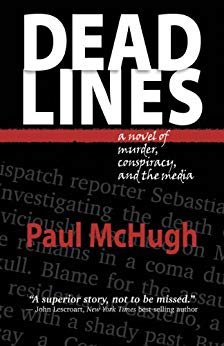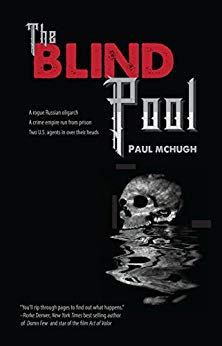El Ateneo (the Atheneum) Grand Splendid, based in an ornate, century-old theater in the fashionable Recoleta district of Buenos Aires, looks like a cathedral of literacy.

What could be more ironic than a fabulous bookstore with a paltry selection?

I asked a clerk at El Ateneo Grand Splendid (yep, that is the store’s real name) in downtown Buenos Aires for the English section. She aimed me at a narrow set of shelves decorated with a few gaudy romances, a sensational thriller or two, plus a pair of lonesome classics.
“¿Eso es todo?” I asked. “That’s it?” She nodded.
My gaze wandered around this vast store, based in a rococo, century-old theater, where frescoed domes look down upon aisles crammed with sprawling arrays of books of every description – yet only a handful printed in English.
Rather chauvinistic of me to require more choices, I suppose. But my skill at reading in Spanish shall never set our world on fire, since my talent in that realm is more akin to a damp squib than a sparkling fuse. And I badly needed a new book to read during the first phase of my flight home.
With a sigh, I took those two English classics in hand, then weighed them against each other. The one I decided not to put down was Robert Louis Stevenson’s Treasure Island.
A Map into the Marvelous

What first springs to mind for you, as you hear those evocative words, Treasure Island?
For me, it’s the image of a scowling and growling Robert Newton, who played Long John Silver in the Disney flick. Newton didn’t just bring Stevenson’s pirate character to life, he jazzed him up into a cackling, squinting archetype.
Sometimes, a scenery-shredding performance is just what the director ordered. As Long John Silver, Newton not only ate up scenery, he kicked out the footlights and bit off the boom mic. He’s the reason why, on “Talk Like a Pirate Day,” 99 percent of what you hear sounds like Newton’s amped-up, 140-proof, native Cornish accent.
Did an equally vivid character live inside R. L. Stevenson’s original material? Couldn’t recall. I’d read his classic just once, back when I was a kid, ten to twelve years old. My memory of his prose seemed nebulous, particularly when compared to all the crystalline imagery I’d retained from the Disney film. So, I resolved to dive into Stevenson’s ur-text on a quest for some findings on this issue. Did he stitch together Silver out of whole broadcloth, or was this character ultimately more a group project, spread across the media and the years, with many other auteurs involved?
Flying Back Through Time

On my first leg home, flying from Buenos Aires to Sᾶo Paulo (through high-altitude sunset colors rendered garish by pollution from a rash of Amazon Basin fires) I walked the plank past that beguiling cover, then plunged into a 19th Century tale of buccaneers, buried gold and mayhem on the 18th Century main.
The first thing I rediscovered is that there’s a remarkable service that great classics can perform for us.
And I mean, not only classic books, but also pieces of music, sculpture, architecture, paintings, and so on. Each classic work forms a room in a virtual reality, one that remains set apart as if secluded in a bell jar, still and immutable, whilst the tumult of ordinary human affairs courses on all about it. Yet whenever we choose, we can step out of life’s raging stream and back into the still, calm space that holds the classic work. And we can measure ourselves afresh against it.
Because the room where it dwells also contains a mirror.
I first arrived in the realm of “Treasure Island” as a child. More than fifty years later, I was visiting it again. All the way back when, I’d come in by one door. Now I entered by quite a different one. Meantime, the room had kept the same.
Using the book as a scale, I could measure changes in myself. Of course, much of that change was revealed by how I viewed the work.
Through a Spyglass Darkly

During the intervening decades I’d wrestled with the tools and techniques of language and storytelling almost incessantly. This meant I could not only better appreciate virtues of the work, but also bring a more educated eye to critiquing it.
On the virtue end of things, Stevenson did a marvelous job of visualizing his story. The going does seem a bit slow at the start, since the scenes with Billy Bones at the inn are overlong and repetitive. But once the plot kicks into gear, it moves swiftly if not always smoothly. A shift in narrative point-of-view halfway through the book, from young Jim Hawkins to Dr. Livesey, is both disconcerting and unneeded. It’s a clumsy substitute for the third-person omniscient voice.
That principal character Jim Hawkins is still an iconic hero for youngsters. To establish him as such was Stevenson’s unabashed aim. (His working title was: The Sea Cook: A Story for Boys, originally published as a serial in a children’s magazine.) But the older me now found this character far too monochromatic for serious novelistic purposes.
Hawkins’ main characteristic is his impetuosity. Quite apropos for a teenaged lad. But it’s unrealistic (and soon turns boringly predictable) that his urge to act on his impulses invariably saves the day instead of creating much worse trouble. It’s a teenagers’ fantasy that they’ll always be able to outmaneuver adults – be they landed squires, brave ship captains, or rough-edged pirates – simply by doing whatever they feel like doing at any given moment. Stevenson serves up this youthful fantasy in a heaping dose, but at the expense of providing us with a fully dimensioned character.
The Quaint Charms of Villainy

He saves all his story’s more intriguing and useful complexity for Long John Silver.
Now, here’s a rogue of the first water. He’s a cripple who’s by far the most able man with a cutlass or pistol or crutch, literally a silver-tongued devil with a world-winning way, a schemer, plotter and prevaricator who always seems a hop, skip and a jump ahead of everyone else. And the reason he can be so nimble is that he’s completely amoral. Silver is adept at making displays of loyalty, but in his mind, that virtue is fungible if applied to others. It endures only when he applies it to himself. His pole star is: What policy bodes best for Long John?
This makes Silver a thoroughly modern character, a league away from Victorian conventions, values and expectations. He’s a Gordon Gekko who sports a peg-leg and a parrot instead of polished wingtips and a Cartier Santos watch. He’s a Nietzschean hero and antihero in one layered phenomenon. He’s a villain so adept that even the good guys regard him with a mix of fear and admiration.
A Chip Off Ye Olde Block

I believe the reason Stevenson renders him so vividly is because he modeled Long John Silver partly on himself. Conventional wisdom is that Stevenson based the appearance of this character on his friend, the boisterous and charismatic, one-legged poet W. E. Henley. The author made this attribution clear upon many occasions. But let us not forget that Stevenson also was the rough equivalent of a pirate in Victorian society – since the writer was an out-and-out Bohemian.
Born into a well-to-do Scottish family, a path was paved for Stevenson to succeed at the family business: designing and building lighthouses. But he skipped his engineering classes at Edinburgh to hang out with theater buffs, then got a law degree yet never practiced. He ditched formal wear for a smoking jacket and became a habitué of French art colonies. As he struggled to make a living by his pen, he indulged in a wanderlust that forced him to survive in strange locales on a budget that rarely amounted to more than pennies per day – and all this while suffering recurrent bouts of ill health. After authorial success enabled him to afford it, he cruised the South Seas for years on a yacht, as close to fancy-free as any felonious freebooter could possibly hope to be, before settling into his final home in Samoa.

Stevenson’s legacy to his legion of fans is wide-ranging, and most impressive when one realizes that he accomplished it all before shipping out to the Great Beyond at the age of forty-four. I certainly don’t aim to demean that legacy, to reduce it to an enduring portrait of one spectacular character.
Spading up Some Loot

But I do want to express what I took away with me when I debarked from my plane in Sᾶo Paulo and simultaneously left behind that classic space, with its walls formed by the covers of Treasure Island. The lesson: how important it is that a writer discover and uncover both the character within himself and himself within the character. Once found, that channel must then be opened further, become hewn deep and broad and true, so that the vision and the passion can flow unobstructed, straight out of the heart and onto the page.
In essence, Stevenson accessed his inner pirate so that everyone from Walt Disney to Robert Newton to ourselves could then sail along in his wake. Stevenson no more allowed his frail health to block a swashbuckling course through life than the pirate Silver did his lack of a leg. Then Stevenson filled in his outline of what such a robust spirit might look like, writ large.
Avast, me hearties! A bold ‘X’ indeed doth mark this spot.










